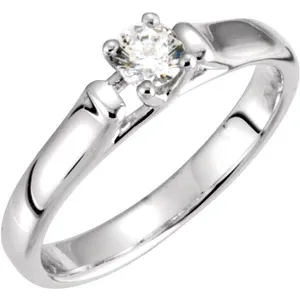
Choose from 2,733 Engagement Ring Settings
Available Metal Types, 10k -14k -18k Rose, White and Yellow Gold, Platinum – Continuum Sterling Silver – Sterling Silver.
Available Stone Shapes, Round, Oval, Square, Emerald, Pear, Marquise, Cushion, Ascher, Heart, Triangle.
Available in a variety of primary stone sizes from 1 mm to 20 mm depending on stone shape.
Choose from Natural orLab-Grown Diamonds, Moissanite and a variety of Birthstone Gems.
Matching Wedding Bands available in most cases.
Ring Sizing Tools
Browse 555 Solitaire Settings
Browse 1284 Accented Settings
Browse 604 Halo-Style Settings
Browse 264 Three-Stone Settings
Browse 26 Two-Stone Settings
Browse Popular Engagement Ring Styles
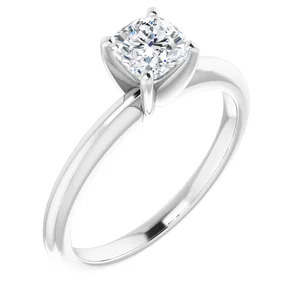
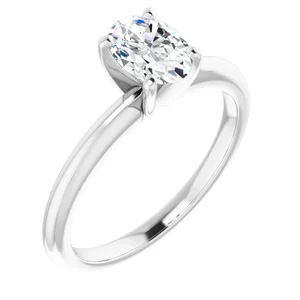
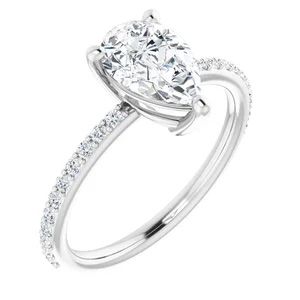
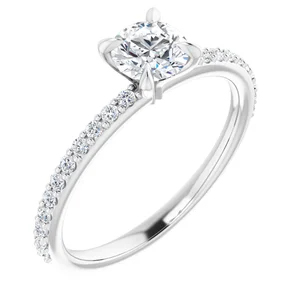
Diamond Color and Clarity Charts


Educational Videos
About Diamonds (1:51)
Watch Video
Lab-Grown Diamonds (1:30)
Watch Video

